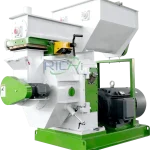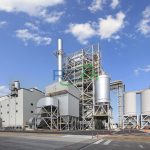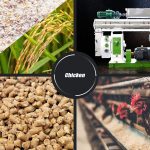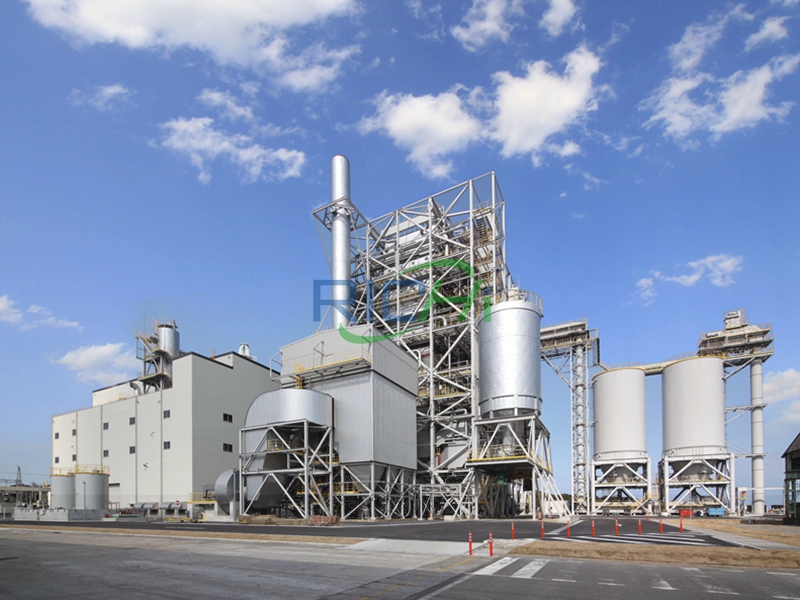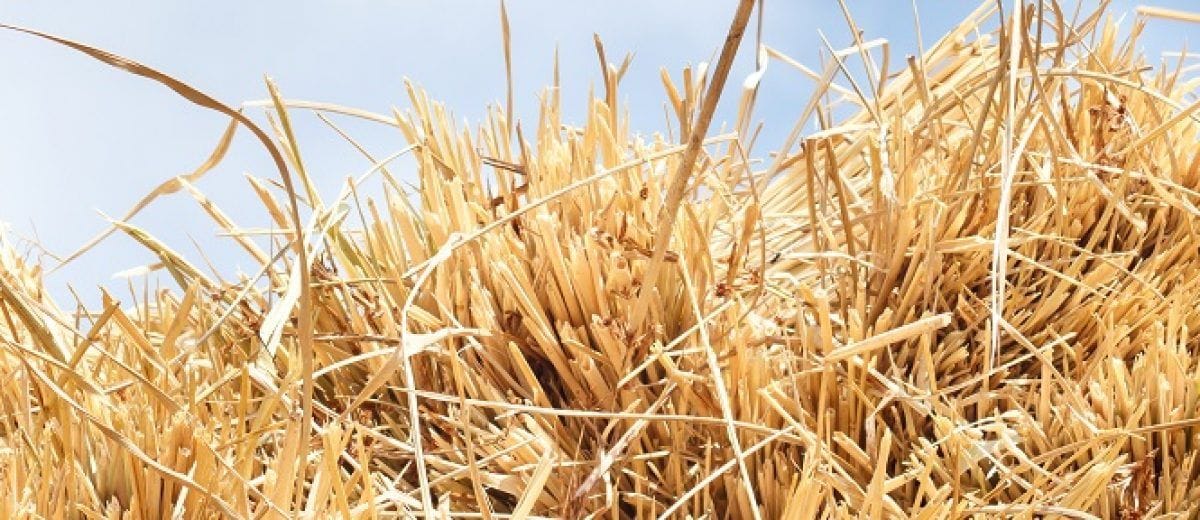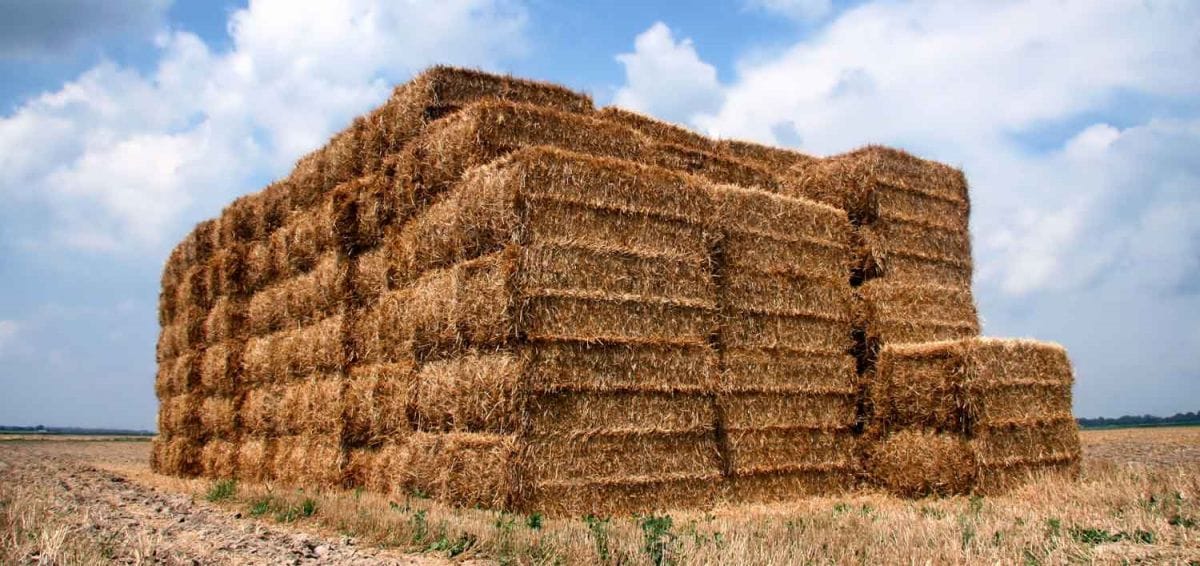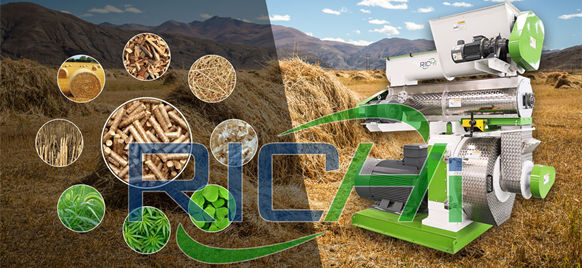Grass pellet mill is a sophisticated mechanical device designed to convert raw grass into compact, energy-dense pellets. These pellets are primarily used as biomass fuel, animal feed, and organic fertilizer. By processing grass, which is abundant and renewable, into pellets, the mill plays a crucial role in sustainable energy solutions and efficient feed production.
Uses of Grass Pellet Mills
Grass pellets produced by these mills are utilized across various sectors:
- Biomass Energy: As a clean and renewable source of energy, grass pellets are used in heating systems and power plants.
- Animal Feed: Pellets made from nutritional grasses serve as a compact feed for livestock, poultry, and aquaculture.
- Organic Fertilizer: Decomposed grass pellets enrich soil with organic matter and nutrients.
Industry Analysis with Specific Data
In the energy sector, biomass pellets, including those made from grass, are increasingly recognized for their low carbon footprint compared to fossil fuels. According to the International Energy Agency, the global demand for biomass for energy could double by 2030, with pellets playing a significant role.
In the feed industry, the convenience and nutritional consistency of pellets improve feed efficiency and animal growth, driving demand in livestock and aquaculture markets.
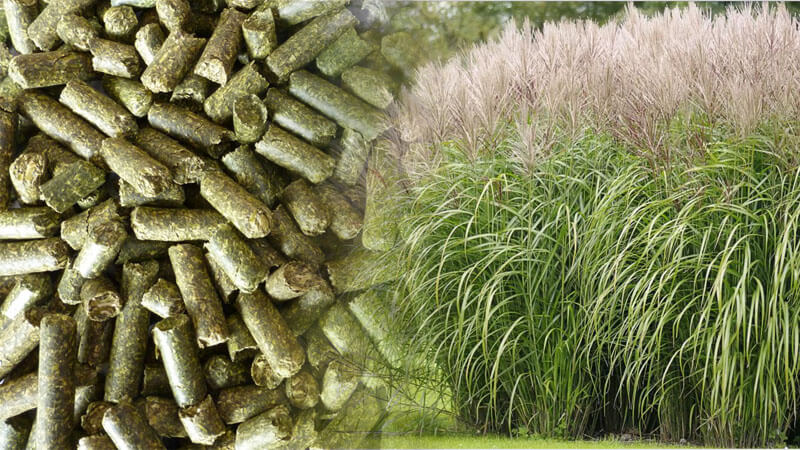
Classification and Working Principle
Grass pellet mills can be classified into two main types: flat die and ring die mills.
- Flat Die Mills: Suited for small-scale production, these mills use a flat die with holes and roller(s) that press the grass through the holes to form pellets.
- Ring Die Mills: Ideal for large-scale production, these feature a rotating ring die and stationary rollers, offering higher efficiency and durability.
The working principle revolves around compressing raw grass under high pressure through die holes, cutting it into pellets of uniform size and shape.
Process Flow
The typical process flow involves several stages:
- Raw Material Preparation: Grass is harvested, dried, and ground into small pieces.
- Moisture Adjustment: The ground grass is conditioned to reach the optimal moisture content.
- Pelleting: The conditioned grass is fed into the pellet mill, where it is compressed into pellets.
- Cooling and Packaging: The hot pellets are cooled and then packaged for storage or transport.
Choosing the Right Grass Pellet Mill
Selecting a grass pellet mill involves considering the scale of production, type of grass, and desired pellet quality. For instance, a farm producing animal feed might choose a flat die mill for its simplicity and cost-effectiveness, while a biomass energy plant might opt for a high-capacity ring die mill.
Selecting a Supplier: The Case for Richi Machinery
When choosing a pellet production line supplier, look for industry experience, customization capabilities, and comprehensive service. Richi Machinery, the largest pellet production line manufacturer in Henan, China, exemplifies these qualities. They offer:
- Customized Pellet Production Lines: Tailored to the customer’s site layout and specific requirements.
- Turnkey Projects: Specializing in site design, installation, and commissioning for a seamless start-up.
- After-sales Service: Ensuring operational efficiency and longevity of the machinery.
Richi Machinery’s ability to design and implement customized solutions underscores its leadership in the field.
Practical Application Value
Utilizing a grass pellet mill has significant environmental, economic, and efficiency benefits. It facilitates the conversion of grass, an often underutilized resource, into valuable products, supporting sustainable energy, enhancing feed efficiency, and promoting soil health.
FAQs About Grass Pellet Mills
What is the lifespan of a grass pellet mill?
With proper maintenance, a grass pellet mill can last over 10 years, depending on the model and usage frequency.
Can grass pellets be used in all pellet stoves?
While most pellet stoves can burn grass pellets, it’s essential to check the manufacturer’s recommendations to ensure compatibility and optimal performance.
How much grass is needed to produce a ton of pellets?
The amount varies based on the grass type and moisture content, but approximately 4 to 5 tons of dry grass is needed to produce one ton of pellets.
Are grass pellets environmentally friendly?
Yes, grass pellets are considered a renewable, carbon-neutral energy source, reducing reliance on fossil fuels and contributing to a decrease in greenhouse gas emissions.
In conclusion, grass pellet mills represent a versatile and sustainable technology with broad applications in energy, agriculture, and environmental management. By choosing a reputable supplier like Richi Machinery, customers can ensure they receive a customized, efficient pellet production line that meets their specific needs, ultimately contributing to a more sustainable future.



